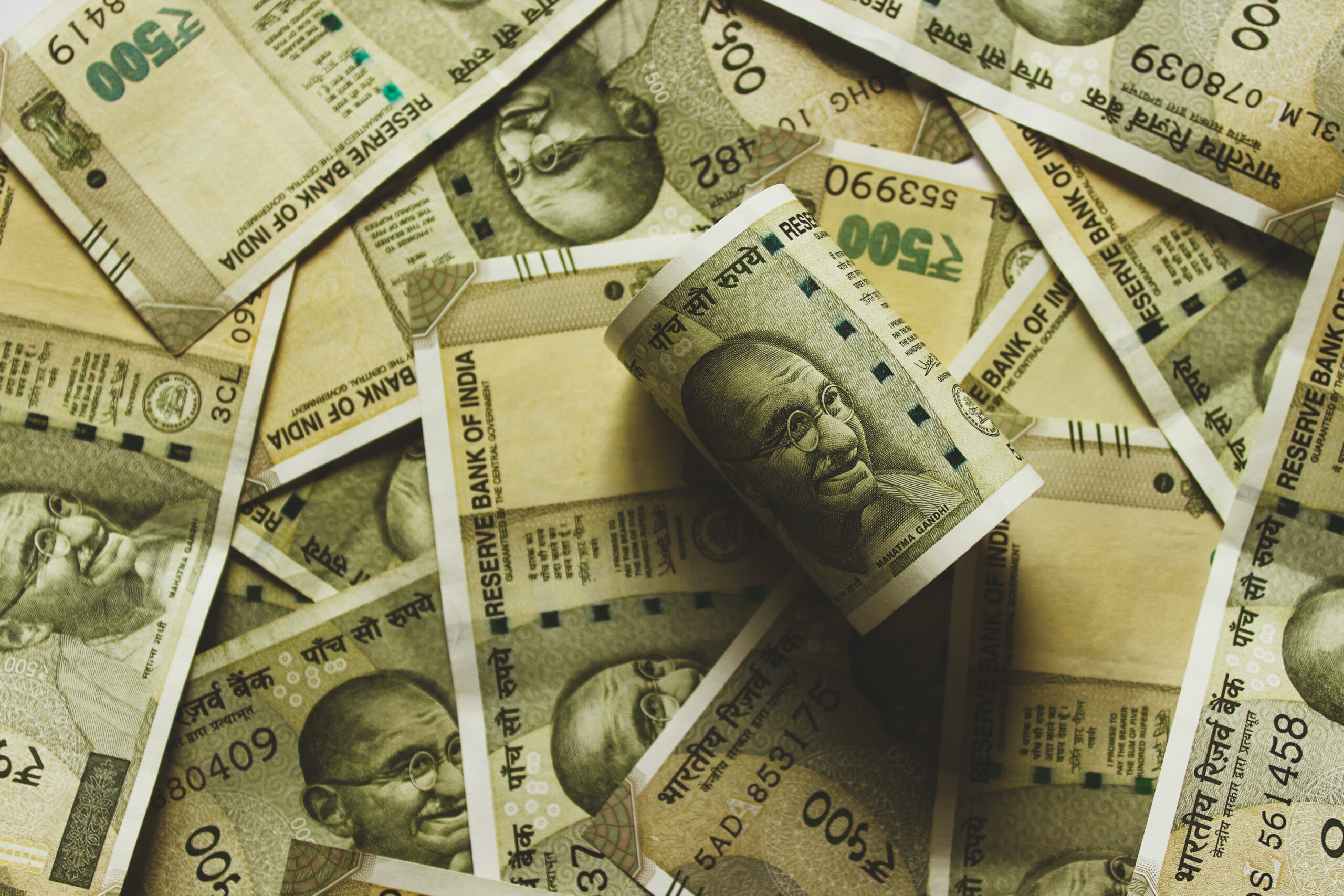The Cash Reserve Ratio (CRR) is a term that is often used when discussing banking and monetary policy. It is an important tool that is used by central banks to control the amount of money that is in circulation in an economy. In this article, we will demystify the Cash Reserve Ratio and explain what it is, how it works and what its implications are.
What is the Cash Reserve Ratio?
The Cash Reserve Ratio is a mandatory reserve that commercial banks are required to hold with the central bank of a country. This reserve is a percentage of the total deposits held by the banks in that country. The central bank can change the CRR depending on the economic conditions of the country and its monetary policy objectives.
The CRR is an important tool that central banks use to manage the money supply in the economy. By changing the CRR, central banks can either increase or decrease the amount of money that is available for lending and spending in the economy.
How does the Cash Reserve Ratio work?
When a commercial bank receives a deposit from a customer, it can either lend this money out to other customers or park it with the central bank as a reserve. The money that is lent out by the bank eventually finds its way back to other banks as deposits, and this cycle continues.
The CRR requires banks to hold a certain percentage of their deposits as a reserve with the central bank. This reserve cannot be used for lending or investing, and is held by the central bank as an asset. Banks can borrow from the central bank to meet their liquidity requirements, but this borrowing comes with a cost, as they are required to pay interest on it.
When the central bank increases the CRR, banks have to hold a larger portion of their deposits with the central bank. This reduces the amount of money that is available for lending and spending in the economy, as banks have less money to lend. Conversely, when the central bank decreases the CRR, banks have more money to lend, which stimulates economic activity.
What are the implications of the Cash Reserve Ratio?
The Cash Reserve Ratio can have significant implications for the economy, and therefore, it is an important tool that central banks use to control the money supply.
When the CRR is increased, it leads to a decrease in the amount of money that is available for lending and spending in the economy. This can lead to a decrease in economic activity, as businesses and consumers have less money to spend. This is because banks have less money to lend, and therefore, they may increase interest rates to compensate for the reduced availability of funds.
On the other hand, when the CRR is reduced, it leads to an increase in the amount of money that is available for lending and spending in the economy. This can stimulate economic activity and lead to an increase in business investment and consumer spending.
The Cash Reserve Ratio also affects interest rates in the economy. When the CRR is increased, banks have less money to lend, which increases interest rates. Conversely, when the CRR is reduced, banks have more money to lend, which reduces interest rates.
How does the Cash Reserve Ratio differ from other monetary policy tools?
The Cash Reserve Ratio is just one of several tools that central banks use to influence the money supply in an economy. Other monetary policy tools include the Repo Rate, the Marginal Cost of Funds Based Lending Rate (MCLR), the Bank Rate and Open Market Operations.
The Repo Rate is the rate at which the central bank lends money to commercial banks. When the Repo Rate is increased, it becomes more expensive for banks to borrow money from the central bank, which reduces the amount of money that is available for lending in the economy.
The Marginal Cost of Funds Based Lending Rate (MCLR) is the rate at which banks lend money to their customers. It is based on the cost of borrowing money for the bank, as well as the profit margins that the bank wants to earn. When the MCLR is increased, it becomes more expensive for customers to borrow money from the bank, which reduces spending and can lead to a decrease in economic activity.
The Bank Rate is the rate at which the central bank lends money to other banks. When the Bank Rate is increased, it becomes more expensive for banks to borrow money from the central bank, which reduces the amount of money that is available for lending in the economy.
Open Market Operations involve the buying and selling of government securities by the central bank. When the central bank buys government securities, it injects money into the economy, which increases the money supply. Conversely, when the central bank sells government securities, it takes money out of the economy, which reduces the money supply.
Conclusion
In conclusion, the Cash Reserve Ratio is an important tool that central banks use to control the money supply in an economy. By requiring commercial banks to hold a certain percentage of their deposits as a reserve, the central bank can either increase or decrease the amount of money that is available for lending and spending in the economy.
While the CRR is just one of several monetary policy tools that central banks use, it is an important one that has significant implications for the economy. It affects interest rates and can either stimulate or reduce economic activity depending on whether it is increased or decreased.
Understanding the CRR and other monetary policy tools is important for individuals and businesses, as they can have a significant impact on the economic conditions in which they operate. By learning about these tools and how they work, individuals and businesses can make better-informed decisions about their financial affairs and plan more effectively for the future.

